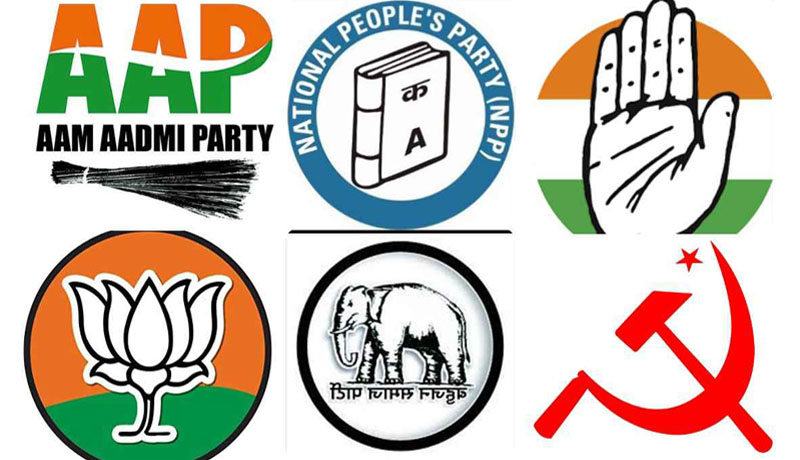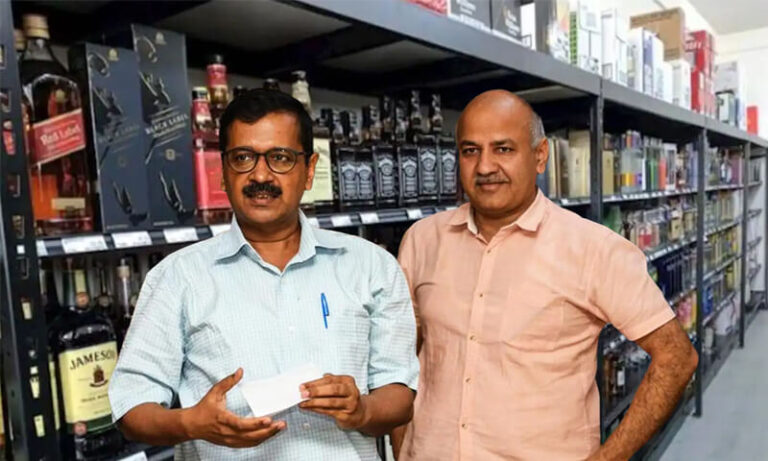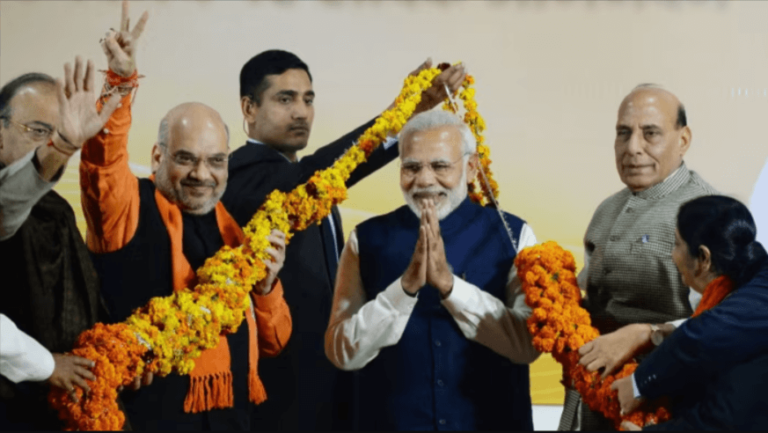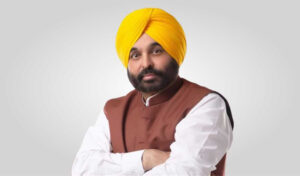India’s political landscape is a vibrant tapestry woven with diverse ideologies, regional aspirations, and the voices of millions of citizens. At the heart of this democracy lie political parties, serving as vehicles for articulating and representing the interests of the people. Among these, national parties hold significant sway, influencing policies and shaping the country’s direction. As we step into 2024, let’s take a closer look at the state of national parties in India.
Understanding National Parties: National parties in India are those that have a presence across multiple states and are recognized as such by the Election Commission of India (ECI). They play a crucial role in national politics, contesting elections on a pan-India scale and often forming governments at the center.
The Current Landscape: As of 2024, India is home to several national parties, each with its own unique identity and ideology. While the exact number may fluctuate over time due to various factors such as electoral performance and organizational strength, there are typically a handful of parties that maintain national status consistently.
The Big Players: Among the prominent national parties in India are the Bharatiya Janata Party (BJP) and the Indian National Congress (INC). The BJP, led by Prime Minister Narendra Modi, has seen a surge in its influence over the past decade, securing significant victories in national and state elections. On the other hand, the INC, one of the oldest political parties in India, continues to be a formidable force despite facing challenges in recent years.
Beyond the Big Two: While the BJP and the INC dominate the national stage, several other parties also hold national status. These include regional powerhouses like the Trinamool Congress (TMC) in West Bengal, the Aam Aadmi Party (AAP) in Delhi, and the Nationalist Congress Party (NCP) in Maharashtra. These parties have carved out their niches and play pivotal roles in shaping the political landscape of their respective regions.
The Changing Dynamics: India’s political landscape is dynamic, with alliances shifting and new players emerging on the scene. Over the years, we’ve witnessed the rise of regional parties challenging the hegemony of national parties in certain states. This trend reflects the diverse socio-cultural fabric of India, where local issues often take precedence over national narratives.
Looking Ahead: As India marches forward into the future, the role of national parties will continue to evolve. With each election cycle, new dynamics come into play, reshaping the political landscape and redefining power equations. While some parties may rise to greater prominence, others may face challenges to their dominance.
Conclusion
In 2024, India’s political canvas is painted with the colors of myriad ideologies and aspirations. National parties stand as pillars of democracy, channeling the voices of millions and shaping the nation’s destiny. As we navigate the complexities of India’s political landscape, one thing remains certain – the ever-changing dynamics of power and representation will continue to shape the course of our nation’s journey.





